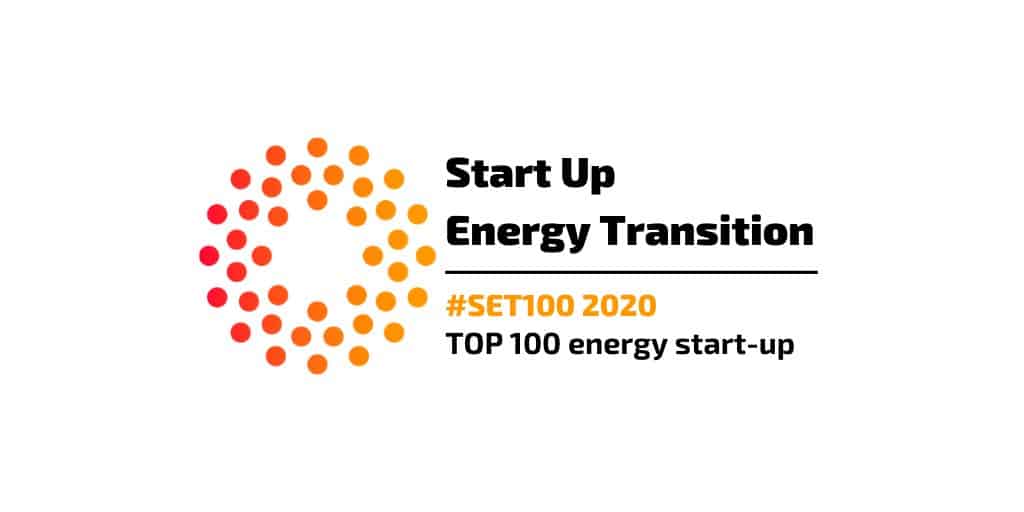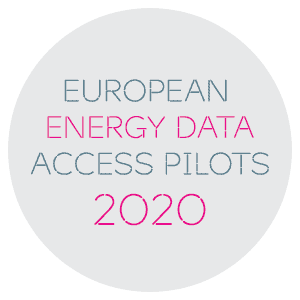Maintaining grid stability with smart meter data analytics
API hub Maintaining grid stability with smart meter data analytics The solar market is booming. According to a report by industry association SolarPower Europe, 2019 saw a 100% increase in the market, the strongest growth year since 2010. As demand for clean energy increases and renewables push forward with greater











